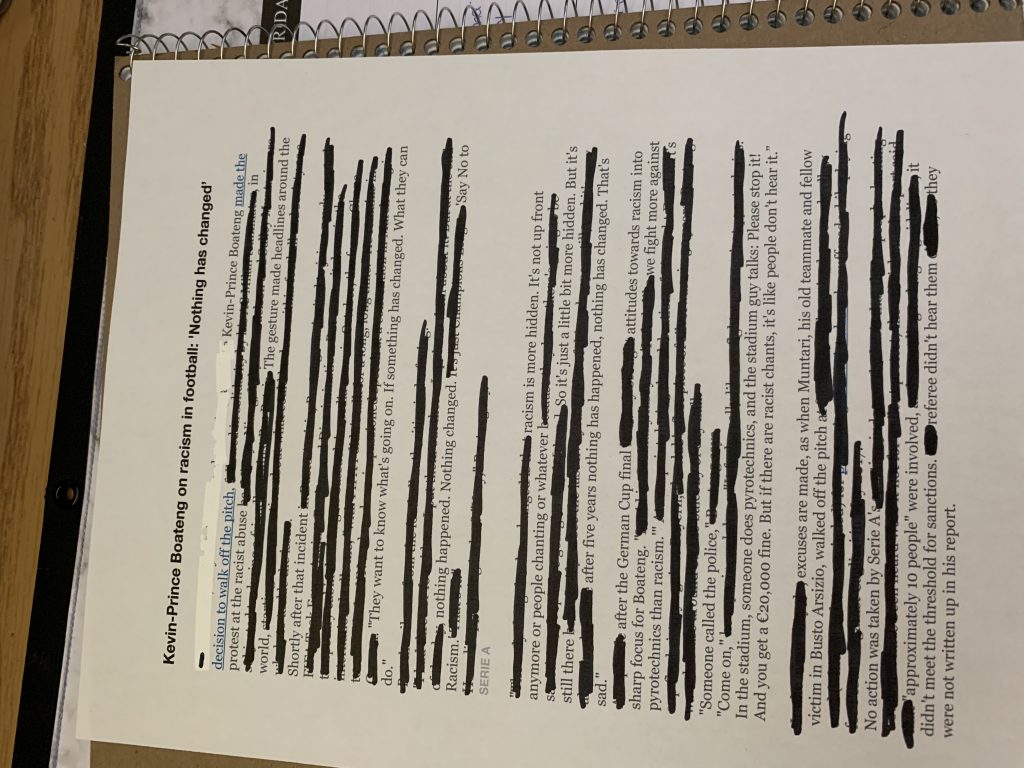On April 30th, I attended the Adventures in Worldmaking ExtraCredit event which contained several speeches and essay from graduate students here at SUNY Cortland. The graduate students were from two different classes and they spoke about the worthy had done thus far in the semester. Dr. Kim Stone from the African Bildungrgrsoman had students from her graduate class present books they had read during the semester. The second group to present was from Dr. Savonick’s graduate class Feminist Worldmaking. Each student presented project that they had been working on throughout this semester.
Dr. Kim Stone’s African Bildungrgrsoman graduate students presented first and they all read papers they had written about a book they read for the class. The books that they read were African coming of age books and this is primarily what African Bildungrgrsoman means. Throughout the presentation, there was pattern in what these books were about and what the course was about. All of the papers focused on the main characters another struggle in life to find their place in life and struggling to cope with their cultures. The characters came from different parts of Africa with different backgrounds but all shared the same conflict. Some of the books that were presented were Nervous Conditions, The Small Island, and Americana. All of the characters int these books shared a common theme of struggle for educational opportunities and finding themselves within their own culture.
Dr. Savonick’s Feminist Worldmaking students had presented their assignments that they had been working on for the semester. It was very interesting in seeing the graduate work they had been doing and it was a great insight into the future. The first student to present focused on transgentles, followed by a presentation on a collage that a student had made, and the final presentation was an interactive activity where the audience received a sheet with questions and this engaged the audience into the presentation. All of the presentations were very interesting and there was a range in different types ofppoject which made this very interesting. Each student had come up with different issues and topics and expressed thermal in different ways.
This extra credit opportunity was very interesting and it was a great indicator into what the future holds and a bit of insight into graduate level work. It was most definitely worth the time to go and see these great presentations. It was clear to the audience that these graduate students had truly cared about their work and it was clear that they had put much timed effort into their presentations.

